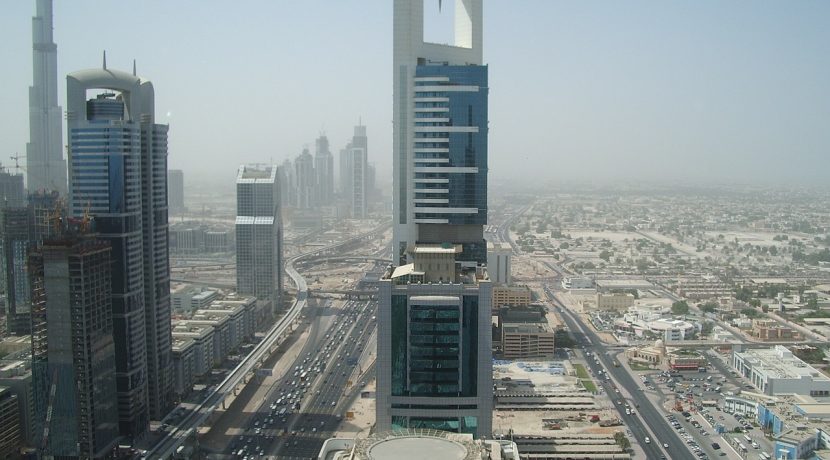UAE real estate must adapt to remain relevant
A key learning for the market has been that adaptability is key to staying ahead of the curve amid changing conditions.
The UAE real estate sector has evolved considerably since the global economic downturn between 2008 and 2009, and we now see developers increasingly searching for innovative ways to remain relevant in today’s changing market.
As lower growth has become the “new normal” in UAE real estate, and will remain so for some time, developers are coming up with customised projects, product mixes and payment terms to offset supply pressure on demands.
Office demand
While a drop in rental rates and sale prices has characterised almost every real estate asset class during recent years, the prime office sector has been resilient to overall market forces, and has so far shown signs of steady performance.
The best quality office accommodation in Dubai’s prime locations continues to be short in supply, for instance. As demand from global corporate occupiers seeking quality properties continues to grow, developers are shifting their focus towards building Grade A office space, with over half of Dubai’s future supply expected to come from this segment over the next 24 months. The rise in this asset class will put Dubai at a competitive position with other global cities, and in turn is likely to boost demand.
Currently, the biggest game changer for the commercial market is ICD Brookfield Place in DIFC. This $1bn project is significant due to its forward-thinking approach to design and product mix. Designed by the British architect Foster & Partners, the 54-storey building will house over 900,000 sq ft of Grade A office space and a 150,000 sq ft, five-storey retail centre, with F&B offerings that rival those in key global business zones. With the first tenants expected next year, this iconic tower will force other developers to raise the bar.
Moving forward, developers also need to build office space that takes into account the changing needs of the millennial workforce and compliment an increasing number of corporates’ commitment to “wellness in the workplace” by offering some of the best facilities – including gyms, showers, open-plan offices, and more breakout rooms.
The demand for office space is also changing as more and more corporate occupiers are asking for greater flexibility in their tenancies and workspace setup arrangements.
An increasing number of firms from the UAE’s growing SME sector, for example, are looking for a plug-and-play solution which effectively does away with fixed, long-term tenancy agreements. This is something that landlords and developers need to be mindful of during the build and fit-out phase.
Retail squeeze
In retail, Dubai holds top rank in the region, and second in the world for the number of international brands present, according to the CBRE’s 2017 edition of “How Global is the Business of Retail”.
As the UAE continues to see a huge influx of business and leisure travellers, it’s not surprising that the country also ranked the third most attractive target market for new retail entrants.
This has helped major retail destinations in Dubai to maintain strong performance, both in terms of occupancy (95 percent to 100 percent) and average rental rates (AED7,266 per sqm per annum), although other non-mall centres have come under pressure over the last 12 months.
However, Dubai’s retail sector is expected to witness exponential change in the long run as around 1.7 million sqm of new retail space is slated to come online by the end of 2020 or early 2021. This, along with growing competition from e-commerce brands, will put downward pressure on mall occupancy and rental rates. With the UAE’s non-store retail spending expected to double from current $2bn (2017) to $4.1bn by 2021, according to data from Euromonitor International, the brick-and-mortar retail operators will continue to face challenges if they fail to adapt to changing customer behaviours.
Interestingly, a number of players, including Al Tayer Insignia which launched the online platform Ounass to offer a variety of high end designers’ brands with a two-hour delivery time within Dubai, have already responded to the market disruption the rise of e-commerce has created.
As the government looks to position Dubai as one of the world’s most sought-after smart cities for business, travel and living, every sector of the economy has a role to play. The real estate sector has faced adversity head-on because of the cyclical nature of any real estate market and has shown immense levels of adaptability to the changing business environment.
The key is to keep that momentum going, and innovate and evolve to sail through any turbulent periods before the market rebounds in the future.
All rights reserved to the initial publisher for arabianbusiness.com
Collected and published by Arms &McGregor International Realty® editorial team. Get in touch with us at [email protected]

